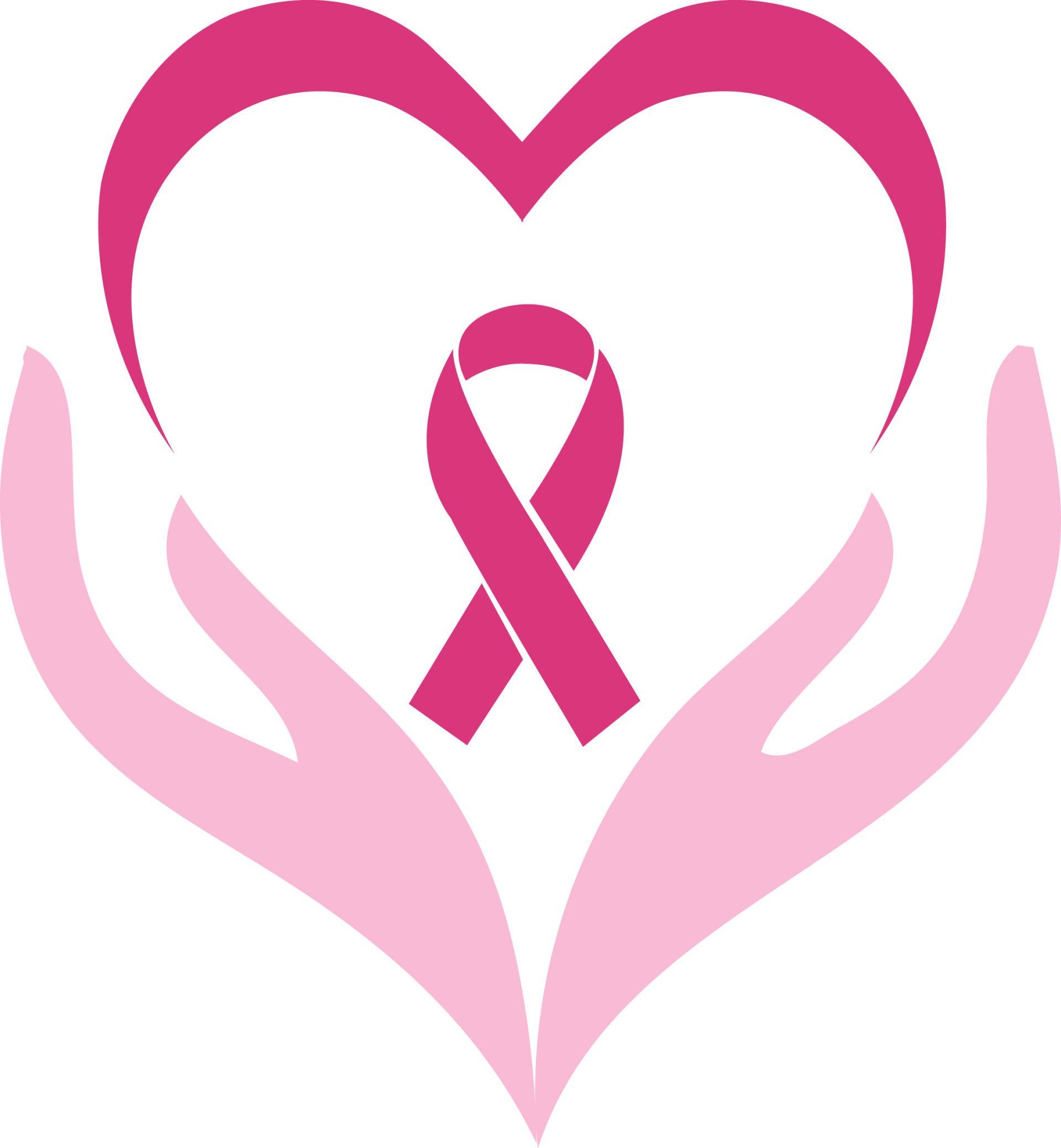Breast Pain
Breast pain can affect many women at some time in their lives. It is very common indeed and only in very rare cases is it associated with breast cancer.
What is mastalgia?
Another term for Breast Pain is Mastalgia. Breast pain is a common breast symptom, affecting 7 out of 10 women at some point during their lives.
What are the Types of Breast Pain
The two most common Types of Breast Pain are:
- Cyclical Mastalgia, and
- Non Cyclical Mastalgia.
Cyclical Pain
Cyclical Pain is the typical breast discomfort which occurs prior to menstruation on a monthly basis and is relieved when the period begins.
Non-Cyclical Pain
Breast pain that does not vary with the menstrual cycle is called non-cyclical. The pain can come and go or may be continuous.
Sometimes the pain maybe felt in the breast but does not always come from the breast tissue. It may commonly arise from the large muscles of the chest wall, and only ‘appear’ to arise from the breast. This is termed a ‘myofascial pain’.
What Cause Breast Pain?
Causes of breast pain not related to the breast include musculoskeletal pain and the exact cause of breast pain is not known, however certain factors that may be involved in mastalgia include:
- Pain after an injury or physical activity
- Hormonal changes that occur during the menstrual cycle
- Cysts
- Hormonal medications
- Breast size: A large breast size is more prone to non-cyclic breast pain
Breast Pain Related to Menstrual Cycle
Cyclical breast pain is most common in younger women and can be cause hormonal fluctuation that can cause milk ducts and glands to swell and trap fluid in the breasts. This pain can peak 3 to 7 days before each period and improve as the period begins. The pain is often in the upper breasts and is a heavy, dragging or aching sensation
Non-cyclical' Breast Pain
This type of Breast Pain is more common in women in older women and can be constant or intermittent.
The pain sensation is typically felt in the inner part of the breast or around the nipple. It can include a burning, stabbing or throbbing. sensation and can be due to benign breast conditions (e.g. cysts, fibroadenomas), medications (e.g. antidepressants, antipsychotics, diuretics, digoxin) or trauma. Often no specific cause is found.
Is Breast Pain a Symptom of Breast Cancer?
Breast pain alone is an uncommon symptom of breast cancer. Few women presenting with breast pain alone have breast cancer. Where breast pain is associated with a lump, skin or nipple changes, is new further investigation is recommended.
What can help with breast pain?
Wear a Well-Fitting Bra
Breast pain may be helped by wearing a well-fitting, supportive bra particularly if you are sensitive to movement or your breasts feel heavy.
Over the Counter Medications
- Application of a topical non-steroidal gel can definitely help, and there is some evidence supporting this.
- Many women feel that Evening Primrose Oil capsules help, but there isn’t really any proper evidence that this definitely helps.
Pain Medication
Simple pain medication such as paracetamol,ibuprofen or anti-inflammatory tablets may help to make musculoskeletal or other non-cyclical breast pain less severe.
Oral Contraceptive Pill
Some women with breast pain related to their cycle find that their symptoms improve on a low dose oral contraceptive pill. Other women find that the contraceptive pill makes their symptoms worse.
Other Medication
When breast pain is so severe that it interferes with lifestyle, hormonal medications such as danazol, bromocriptine and tamoxifen are available. However, these may have significant and severe side effects and their use needs to be strictly monitored. Their use is generally not recommended.
Surgery
Breast cysts can be aspirated and fibroadenomas can be excised if associated with breast pain.
Breasts are made up of lobules (milk-producing glands) and ducts (tubes that carry milk to the nipple), which are surrounded by fatty and fibrous tissue.
Breasts contain a network of thin tubes called lymph vessels. These are connected to groups of small bean shaped structures called lymph nodes.

